The Vienna School of Fantastic Realism is a group of artists founded in Vienna in 1946. The group's name was coined in the 1950s by Johann Muskik, and the first exhibition was in 1959 at the Vienna Belvedere. This Austrian movement has similiarities to Surrealism in its use of religious and esoteric symbolism and also the choice of a naturalistic style, countering the prevalence of abstract art movements at the time.

Ernst Fuchs was an Austrian painter, draftsman, printmaker, sculptor, architect, stage designer, composer, poet, and one of the founders of the Vienna School of Fantastic Realism. In 1972, he acquired the derelict Otto Wagner Villa in Hütteldorf, which he restored and transformed. The villa was inaugurated as the Ernst Fuchs Museum in 1988.

Arnulf Rainer is an Austrian painter noted for his abstract informal art.

The Kunsthistorisches Museum is an art museum in Vienna, Austria. Housed in its festive palatial building on the Vienna Ring Road, it is crowned with an octagonal dome. The term Kunsthistorisches Museum applies to both the institution and the main building. It is the largest art museum in the country and one of the most important museums worldwide.

The Academy of Fine Arts Vienna is a public art school in Vienna, Austria.
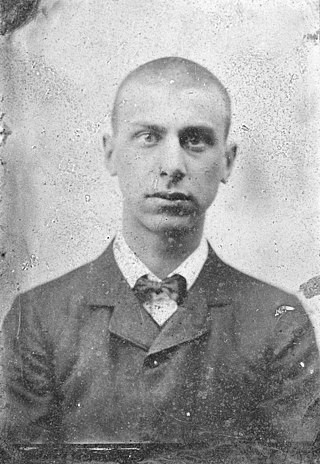
Richard Gerstl was an Austrian painter and draughtsman known for his expressive psychologically insightful portraits, his lack of critical acclaim during his lifetime, and his affair with the wife of Arnold Schoenberg, which led to his suicide.

Ferdinand Georg Waldmüller was an Austrian painter and writer. Waldmüller was one of the most important Austrian painters of the Biedermeier period.
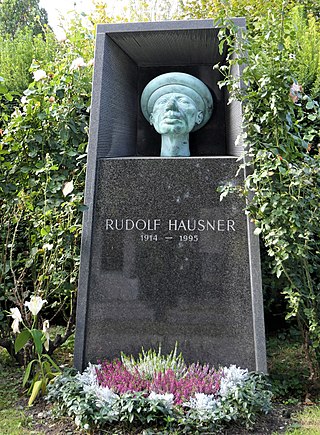
Rudolf Hausner was an Austrian painter, draughtsman, printmaker and sculptor. Hausner has been described as a "psychic realist" and "the first psychoanalytical painter".

Anton Lehmden was an Austrian painter, draughtsman, and printmaker.

Albert Paris Gütersloh was an Austrian painter and writer.
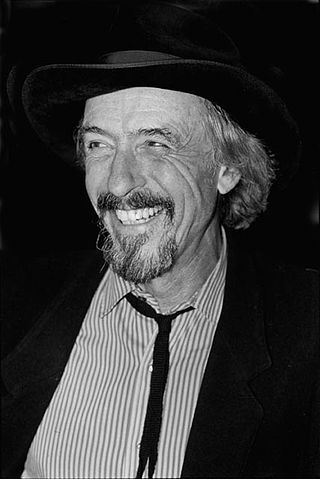
Arik Brauer was an Austrian painter, printmaker, poet, dancer, singer-songwriter, stage designer, architect, and academic teacher.

Franz Eybl was an Austrian painter.

Leopold Blauensteiner was an Austrian academic painter.

Anton Hansch was an Austrian landscape painter.
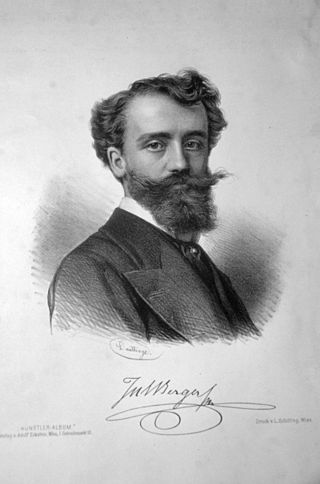
Julius Victor Berger was an Austrian painter who is known primarily for his genre paintings and portraits.

Michael Wutky was an Austrian landscape painter in the Rococo style who specialized in Italian scenes.

Heimo Zobernig is an Austrian artist who works in a variety of media from painting and sculpture to site specific installation and design.

John Quincy Adams was an Austrian genre and portrait painter of American ancestry.
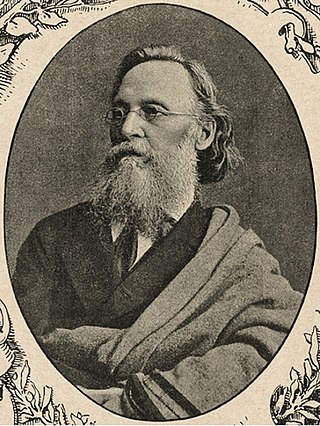
Alexander Strähuber or (Straehuber); (1814–1882) was an Austrian-born German history painter and book illustrator. From 1865 to 1882 he was a professor at the Royal Academy of Fine Arts in Munich.

Helmut Leherb was an Austrian artist and representative of the Vienna School of Fantastic Realism, which is close to Surrealism. He was born Helmut Leherbauer in Vienna and is also known as Maître Leherb.




















